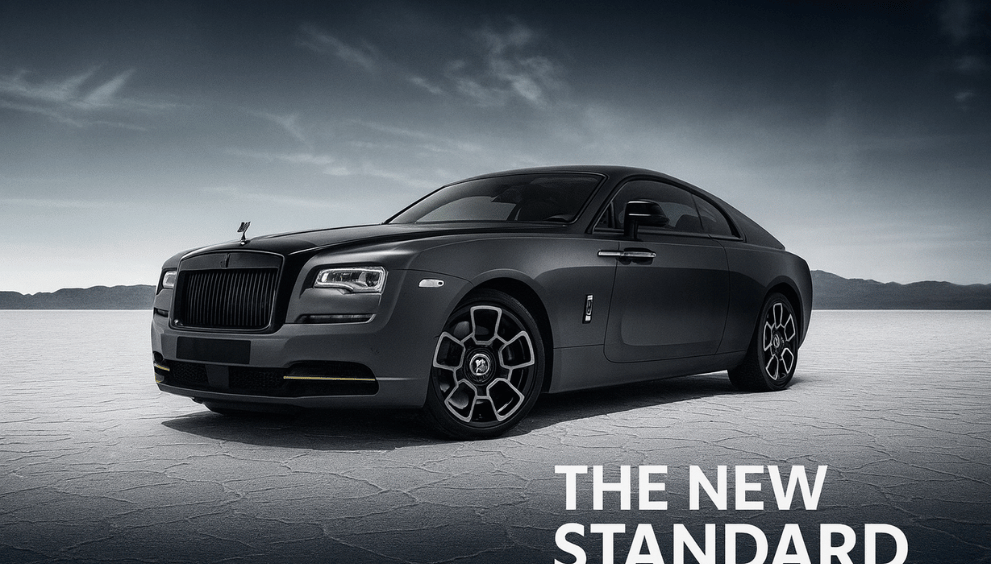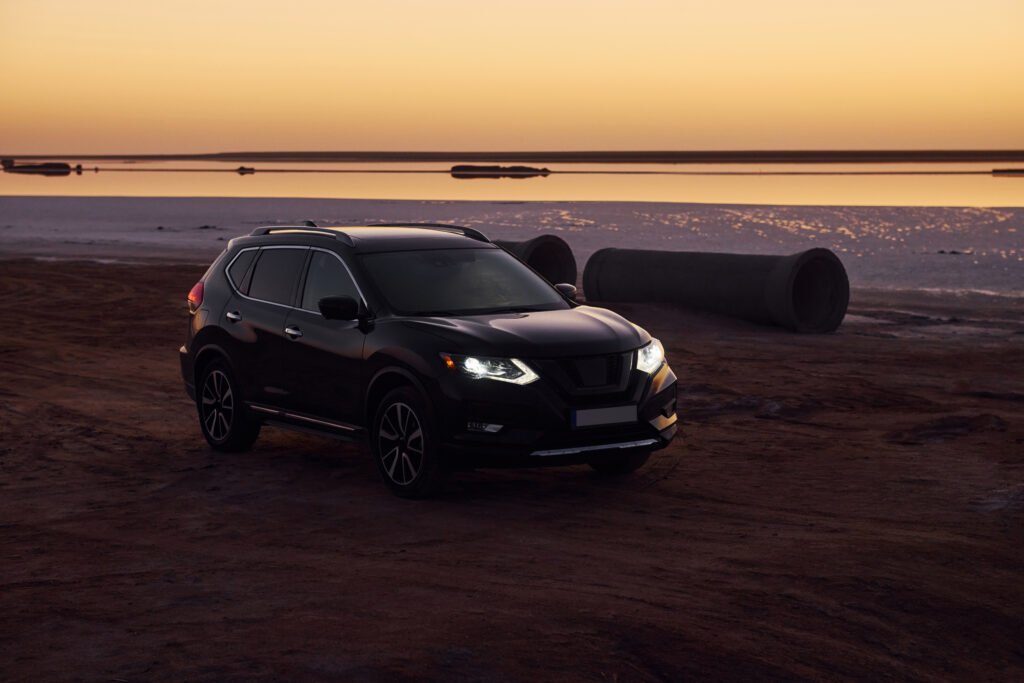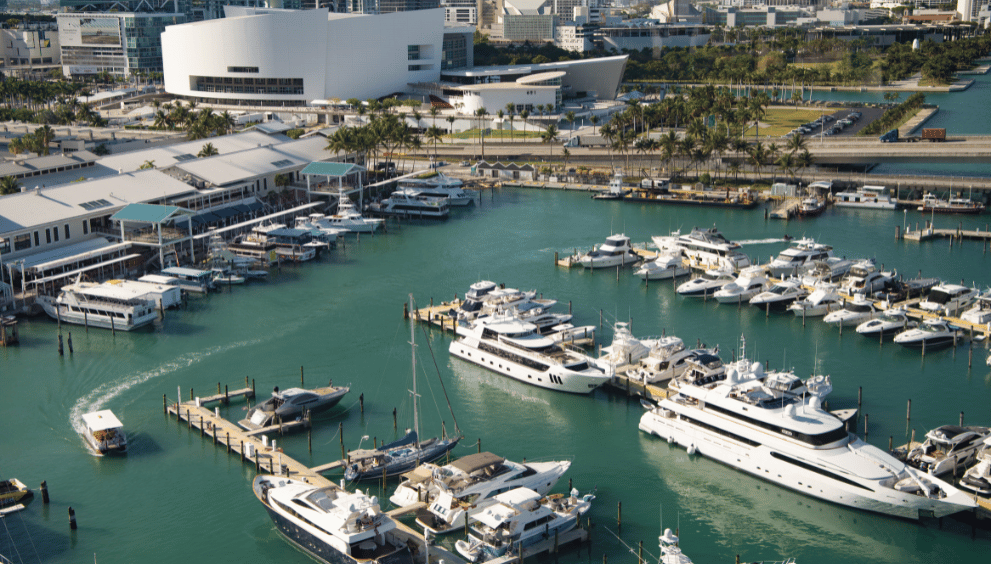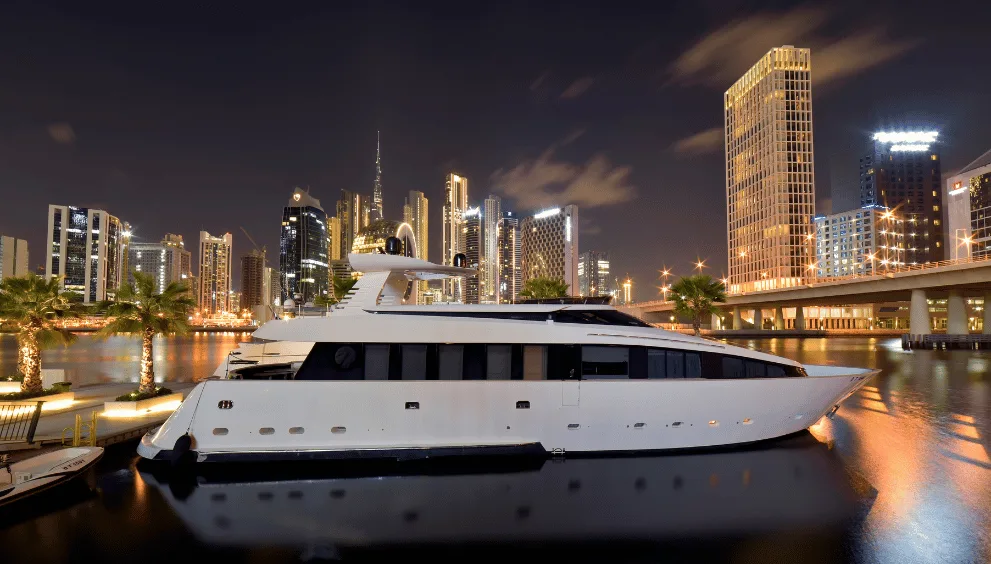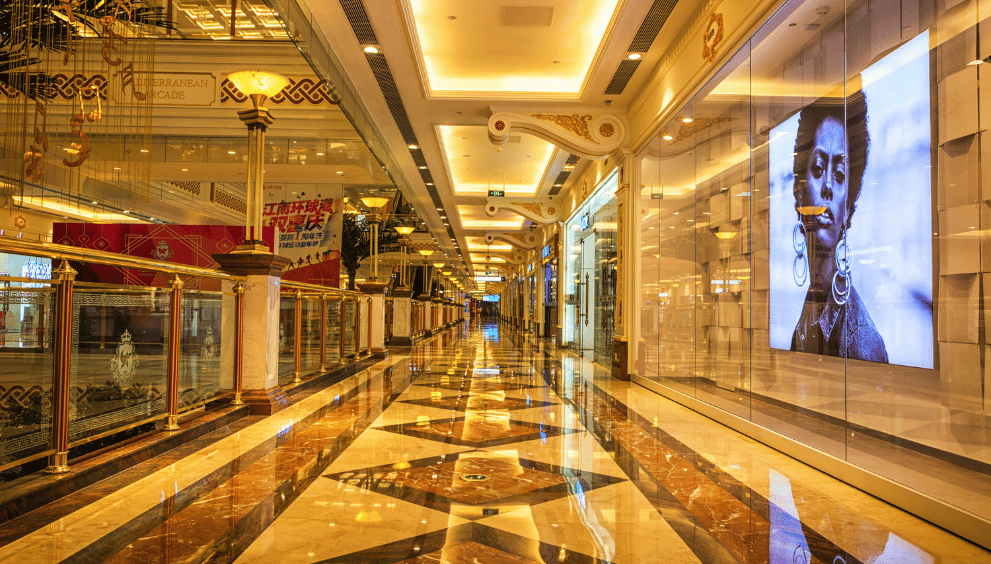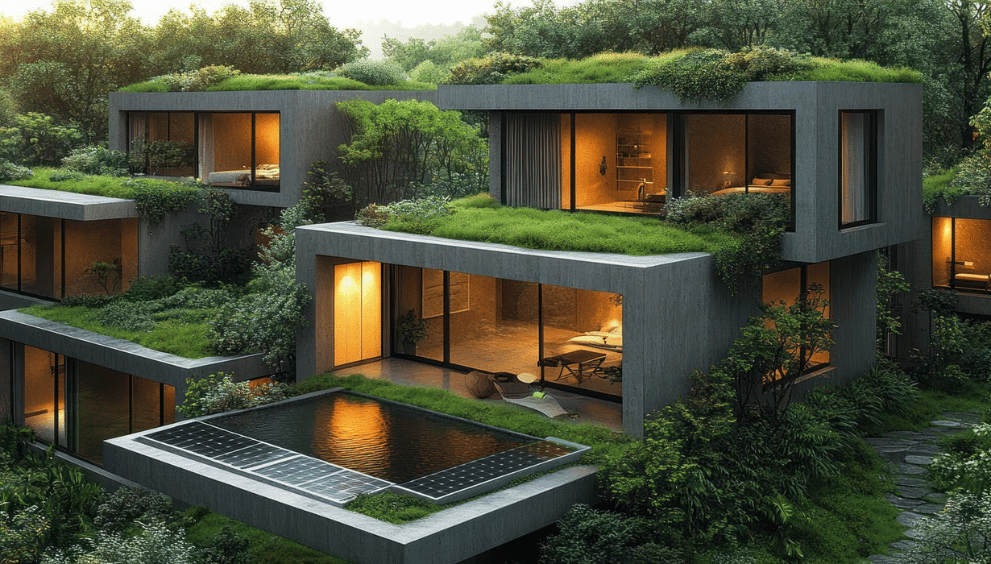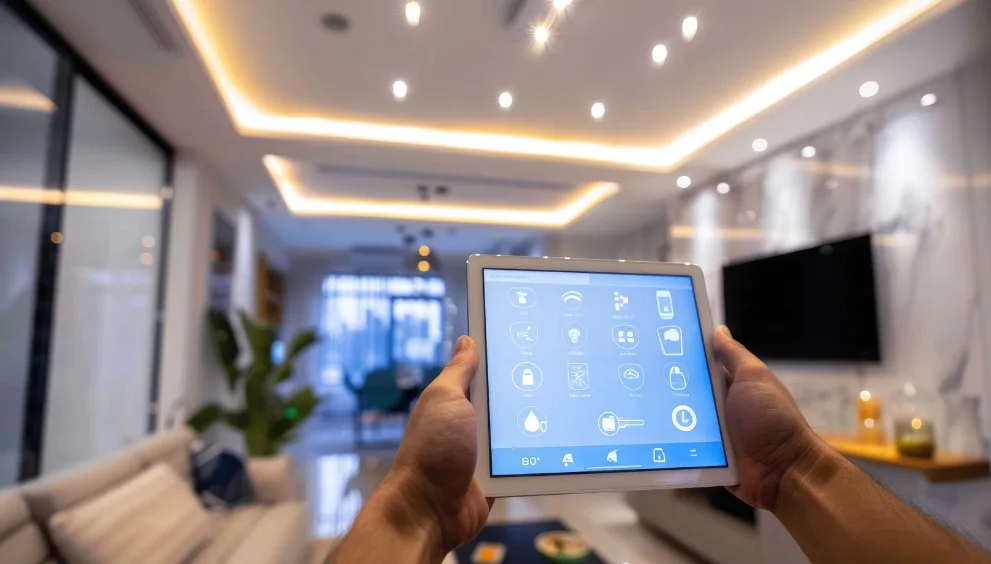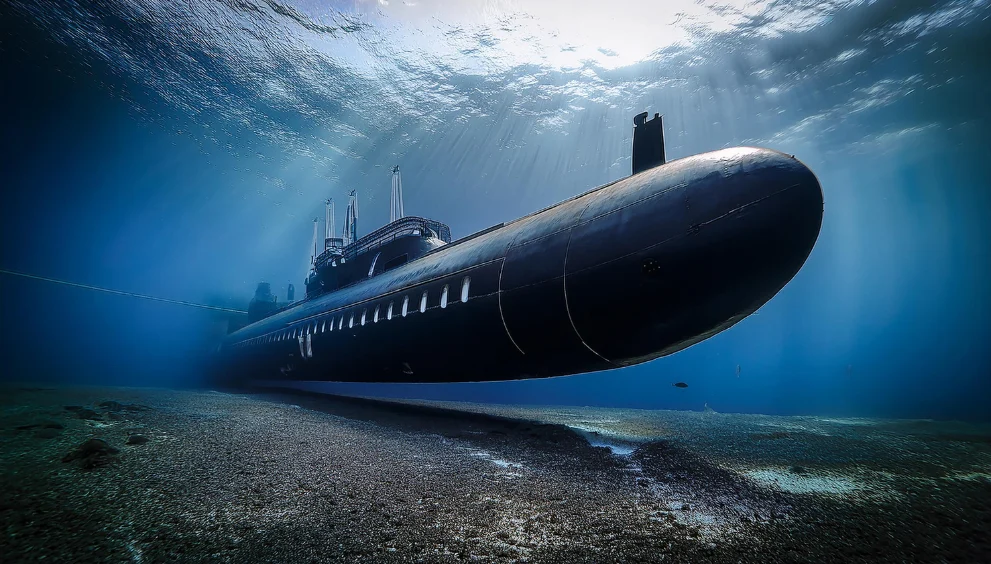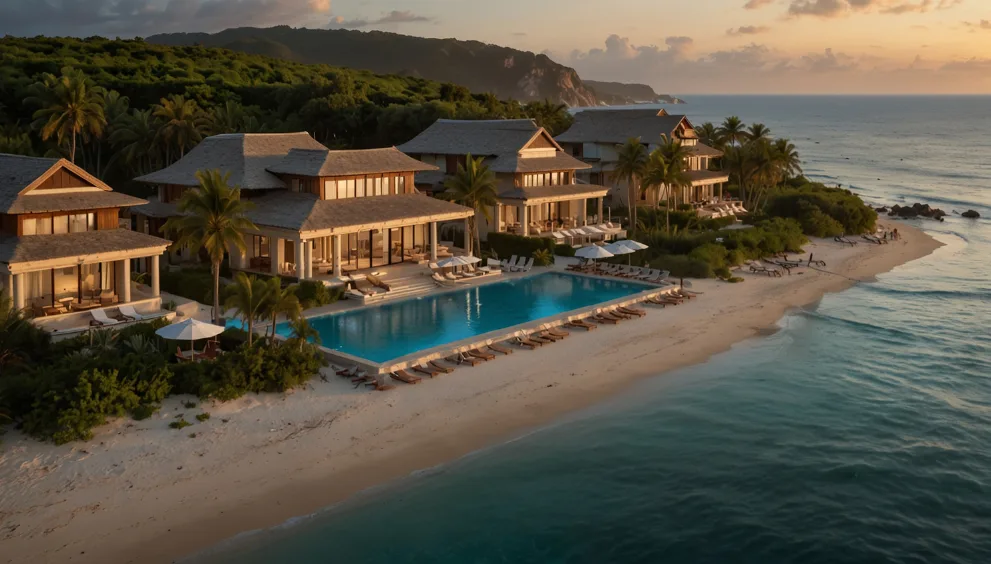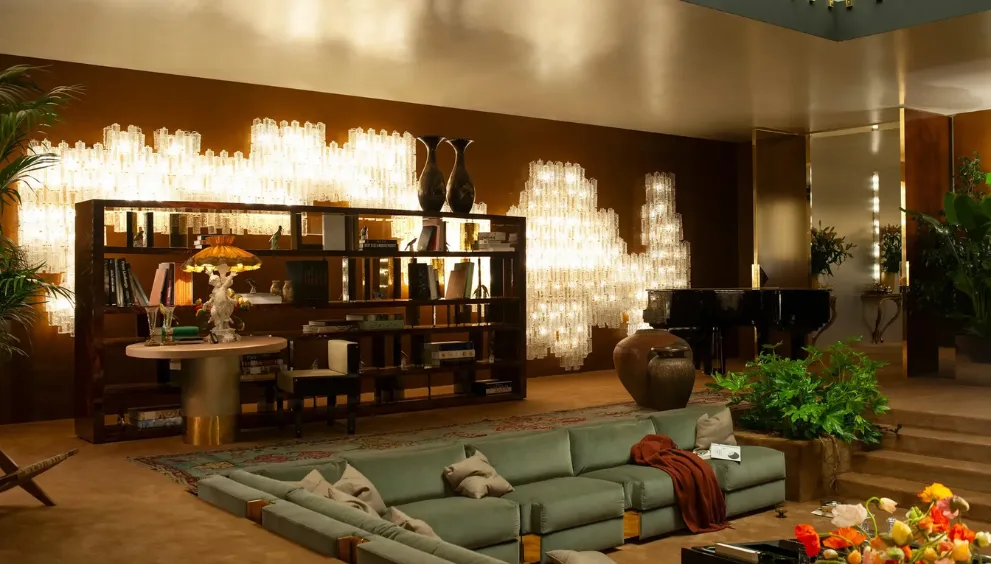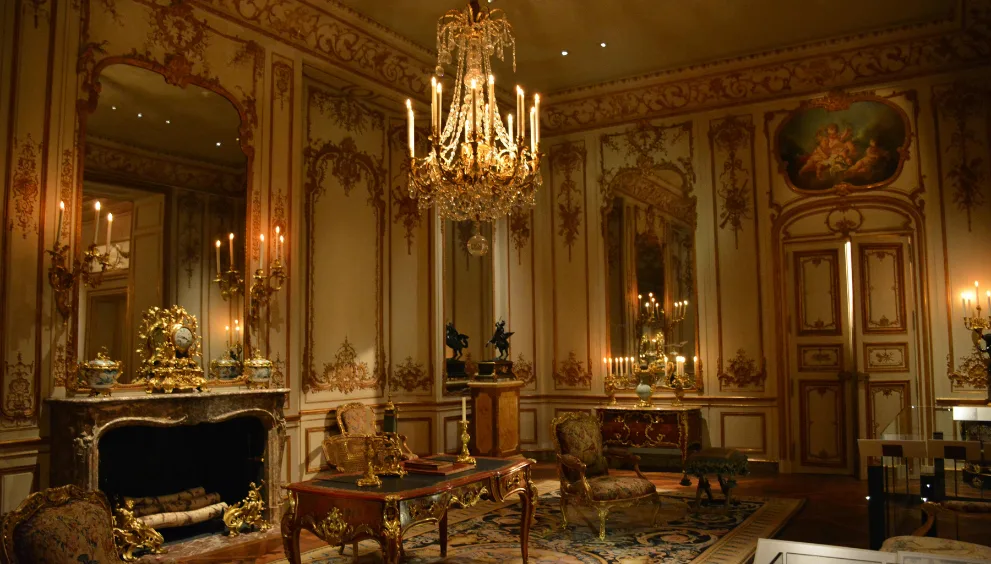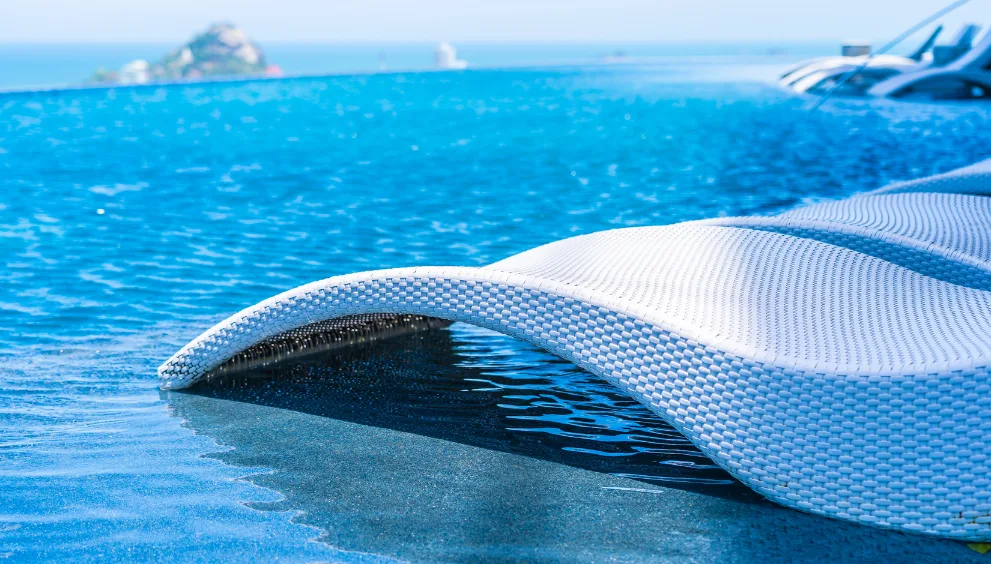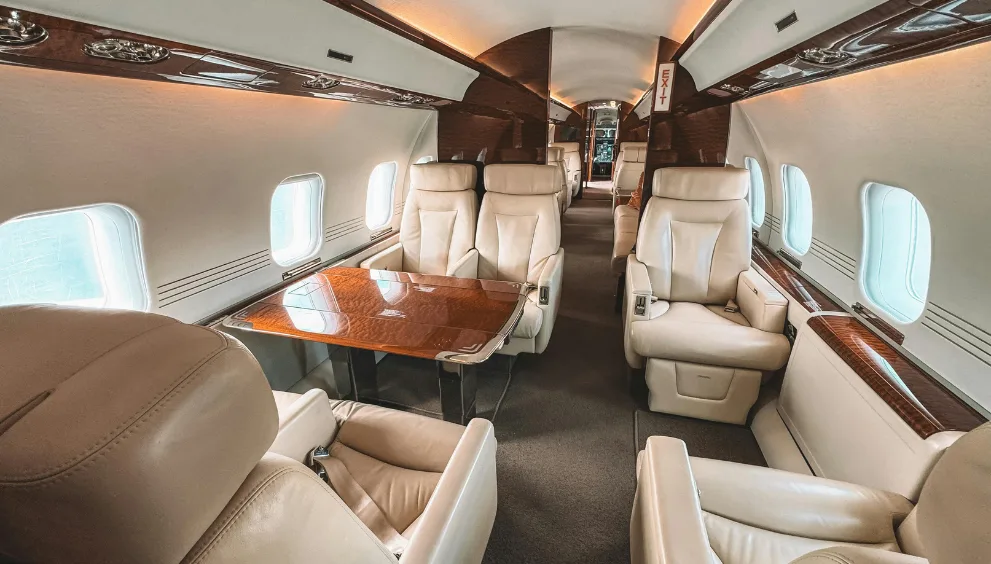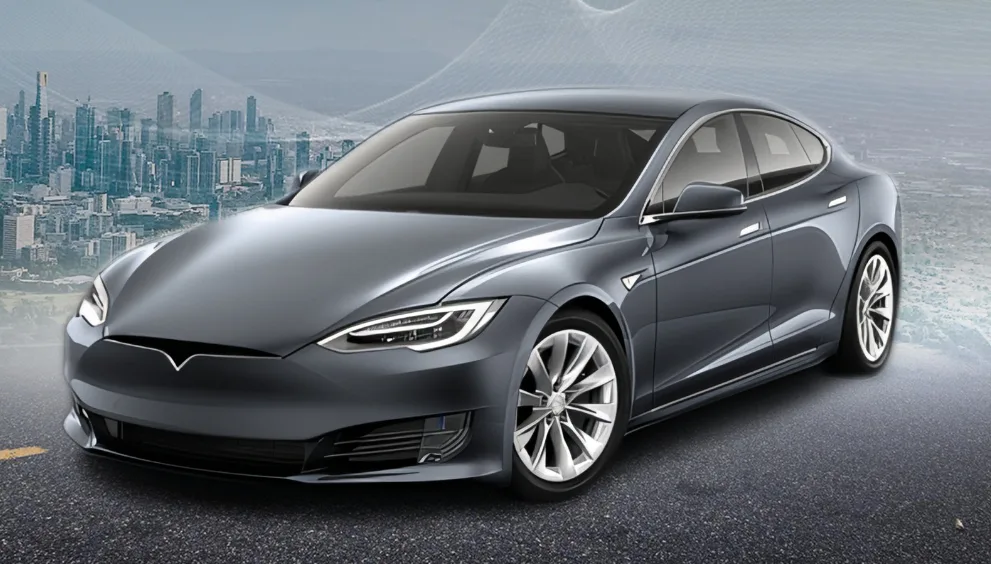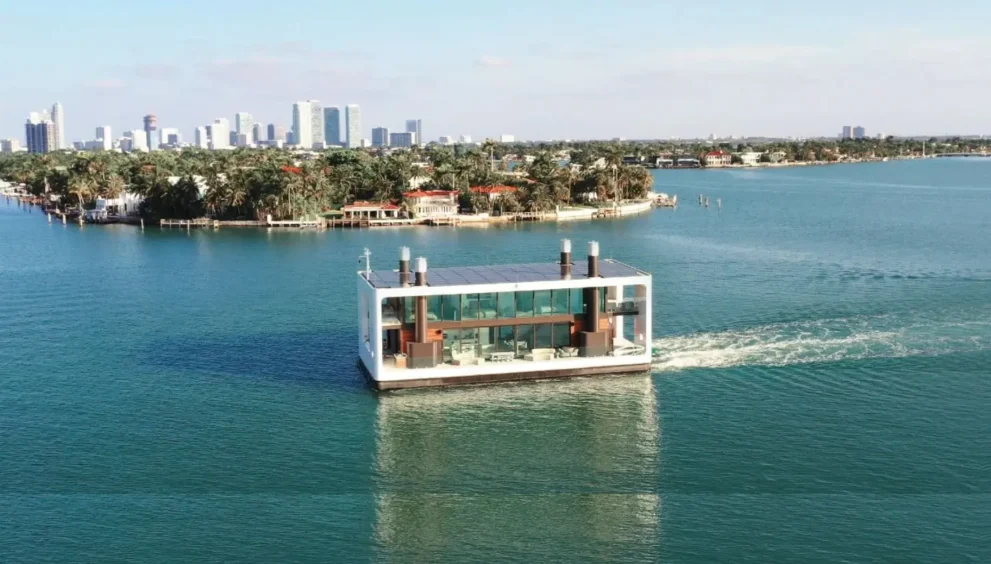
Jun

$300M on Water: Inside the Floating Mansions Redefining Ultra-Luxury
-
Anshuman / 6 months

- June 4, 2025
- 0
- 6 min read
Image Source: A57 Fox News
Picture this: Right now, you look out of your window and what you see is just water, an endless sea, the sound of calm ocean waves and neighbours? Miles away. Have you ever been on a yacht or a cruise and thought of staying there forever? Well, now you can.
In this post, we will talk about everything about floating mansions, their fascinating features, how they are built, how they are redefining the world of ultra-luxury, and why it is practical to own such mansions!
What Even Are Floating Mansions?
Think of a floating mansion as the merger of all three: a private island, a yacht, and a luxury villa. These aren’t your typical houseboats; they’re sprawling, high-tech homes built to float on water, equipped with everything from helipads to infinity pools and smart-home systems.
They can range anywhere between $10M to a jaw-dropping $300M, depending on the size, tech, and exclusivity. And yes, some even come with underwater bedrooms.
The Coolest Features: How do these mansions look
They have got some out-of-the-world features like
- Self-sustainability: Many are designed to run on solar energy, generate their fresh water, and manage waste systems.
- Smart tech: Think voice-controlled lights, retractable decks, and AI climate control.
- Ultimate privacy: You’re surrounded by nothing but water and maybe a few dolphins.
- Mobility: Some floating homes are even motorised, letting you change your backyard view on demand!
- Multi-Level Architecture: Imagine sleeping in an underwater bedroom watching sea-life, and no, I am not talking about the one painted on your room ceiling
- Pure Luxury: Rooftop infinity pools, helipads, jacuzzis, and private gyms
Where Do These Homes Float? And Why So Alluring?
You won’t find these floating wonders on your neighbourhood lake. They’re anchored in ultra-elite waters: Dubai, the Maldives, Monaco, Miami, the Caribbean, and the Florida Keys.
Some are even designed to float freely in international waters, away from rules, taxes, and prying eyes. These locations are chosen for their tranquil waters, elite appeal, scenic beauty, stunning views, political neutrality, and, of course, status.
With rising interest in nomadic lifestyles and remote work, the ultra-rich are looking for ways to escape the noise (and sometimes taxes) while still living in opulence. In a world where privacy and freedom are the new luxuries, a floating mansion lets you live surrounded by nothing but water and sky.
How Do You Even Build One of These?
Many floating mansions are built in parts (modules) and later assembled like giant LEGO blocks—either at a shipyard or directly in the water near the final location.
Floating mansions are packed with systems you won’t find in regular homes:
- Stabilisers to reduce wave motion
- Hybrid energy systems (solar, wind, battery banks)
- Water desalination units to produce freshwater from seawater
- Satellite communications for connectivity in the middle of nowhere
They’re built to be off-grid, self-sustaining, and storm-resilient. Firms like Arkup, Ocean Builders, and Kleindienst Group are at the forefront, combining architecture, marine engineering, and environmental science.
Mind-Blowing Floating Mansions Of Today
A) The Floating Seahorse Villa, Dubai – A three-level floating home with an underwater bedroom and coral garden views.
B) Akrup 75, Miami – A hurricane-resistant, solar-powered floating home that can cruise like a yacht.
C) SeaPod by Ocean Builders – Designed to float above water, this futuristic pod-style home minimises ocean impact while maximising Instagram appeal.
Redefining the Ultra-Luxury
It is clear now how Floating Mansions embrace what defines ultra-luxury: personalisation, exclusive experiences and quality standard of living. However, it’s not just that, floating mansions go beyond to reimagine the ultra-luxury of coming generations – the freedom to live wherever they want, overcoming challenges through high-end technology.
Instead of just square footage and zip codes, luxury is now about: Mobility, Privacy, Self-sufficiency, and most importantly, identity. Owning one isn’t just about space, it’s like making an extraordinary statement.
Floating vs. Traditional
Floating homes aren’t for everyone. But for the ultra-rich who already own everything else, they’re the next frontier. Floating mansions offer unmatched views, complete privacy, and the freedom to live off the grid. However, they come with challenges—maintenance, weather risk, and limited accessibility to certain amenities.
Traditional mansions might be more practical for families or those tied to one location, but for adventurers, minimalists, or those craving something truly unique, a floating mansion is the ultimate status symbol. Floating homes aren’t for everyone. But for the ultra-rich who already own everything else, they’re the next frontier.
Ripple Effect on Real Estate
Floating mansions are carving out a brand-new niche in luxury real estate—somewhere between superyachts and high-end villas.
They appeal to:
- Buyers who value mobility + exclusivity
- Investors looking for rare assets
- Visionaries who want to be part of the next big thing
Several cities are already exploring floating communities as a way to combat urban space shortages and environmental threats. The real estate industry is watching closely.
Is It Practical, Though?
They’re safe, yes—but not risk-free.
- Extreme storms? Stabilisation tech helps, but there’s always some risk.
- Maintenance? Costs can be high and highly specialised.
- Connectivity? Satellite tech makes remote work possible, but not always seamless.
That said, for those with the means, these challenges are minor speed bumps.
Then Who’s Buying These—and Why?
They are usually sought by the Ultra-High-Net-worth Individual(UHNWI) such as celebrities, tech moguls, Crypto millionaires and billionaires, and Climate-conscious luxury seekers.
But now is the time, because luxury is shifting now it is fluid, free, and futuristic. They’re not exactly the kind of home you’d find on a weekend house-hunting spree. For now, they’re status symbols—part luxury, part innovation, part flex.
While they’re not made for the average buyer today, they could be the future of living for more people in the long run. Why? Eco-tech is advancing fast. What’s ultra-expensive now could be mass-producible in the next 10–20 years.
Some companies (like Ocean Builders) are already working on smaller, more affordable modular floating homes, aimed at early adopters and sustainability-focused communities.
You might not own a $300M floating mansion tomorrow, but one day you might live in a floating apartment, hotel, or community. And when that happens, this current wave of ultra-luxury innovation will be what started it all.
Would you live in a mansion that floats?



